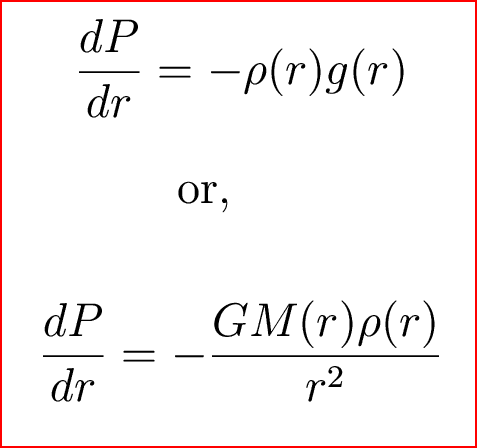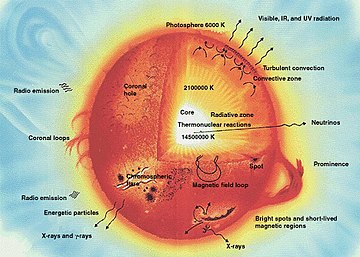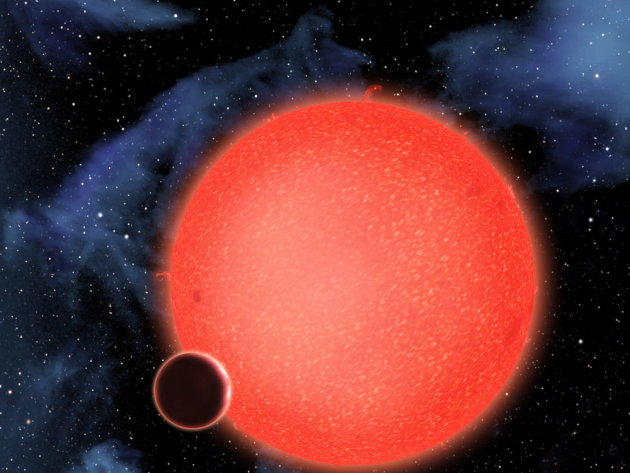
I got to say that my view on astronomy changes quite a lot
during these past few weeks. I have gone from someone who has no clue about
almost anything in space, to moderately know enough to actually teach it to
someone else. Well, not really teach it, but at least explain the concepts of
astronomy. About eight weeks ago, I have no clue what a Hubble Space Telescope
and now I just cannot get over it. The various missions it goes on and the
important findings that it made are truly amazing. I always thought looking at
stars is all an astronomer does and their job is quite easy. Boy was I wrong.
It is true they do look at planets and stars, but their job is to also notice
the changes in the sky and explain the phenomena behind it. This is very important
because it helps us explore and understand more about the universe.
 |
| The Pillars of the Eagle Nebula. Photos taken by the Hubble Space Telescope |
Another important job for an astronomer is to pass on their
knowledge of what they know and discover. This will help others in considering
a career in astronomer and most importantly for future generations so that we
can better ourselves to explore and learn more from the universe; whether it is
looking for other life-forms or a new home. Although there is still a lot of
time before the sun explodes and take the Earth with it, but overpopulation
will be our destruction if we do not find another planet to colonize. I believe
astronomers can help achieve this goal. Although I highly doubt that
overpopulation will occur in my lifetime, but it would be a good thing to know
that there are places out there to settle and astronomers can help achieve this
by studying the planets and stars.
 |
| Orion Nebula, courtesy of the Hubble Space Telescope |
Astronomy is actually quite interesting, and although I do
not know much about it now, but I am eager to know more about it. It helps
create a path in my life that I am considering to pursue. The thing is that I
also like high energy physics and particle physics too. So I do not really know
if I should pursue astronomy or stick with what I am doing. The best thing for
me to do now is to do research and see what I like better and from there decide
a path for myself. So whether I choose
to be an Astronomer or not, I will continue to set time to explore more about
the universe and get myself a telescope, as well as visiting various Astronomy
Observatories all around the world.













